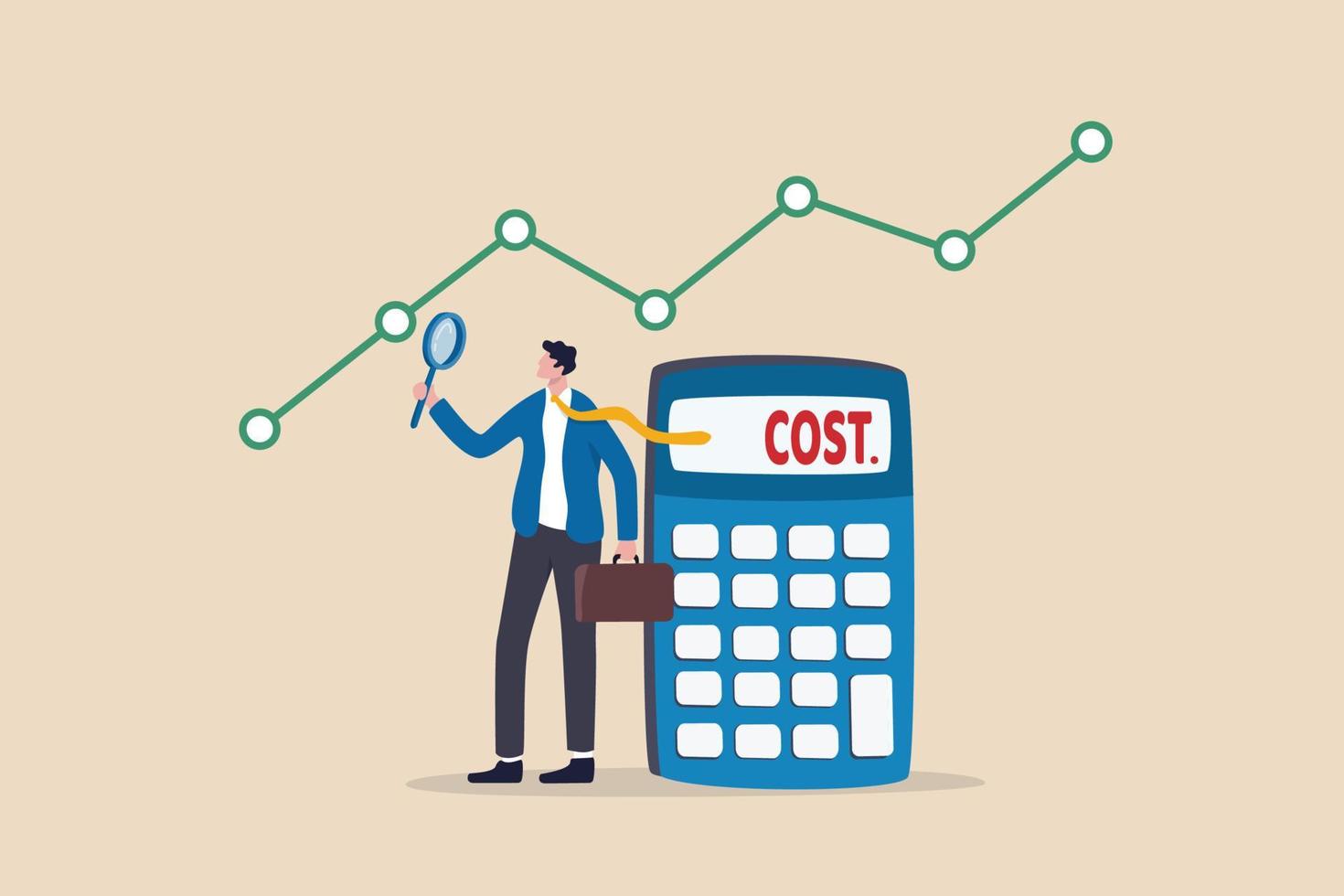Iran's Cost Of Living: A Comprehensive Guide For Expats & Locals
Table of Contents:
- Introduction to Living Costs in Iran
- Overall Snapshot: How Affordable is Iran?
- Breaking Down Monthly Expenses: Families vs. Singles
- Iran vs. The West: A Cost Comparison (United States)
- Iran vs. Asia: A Cost Comparison (India)
- Tehran: The Capital's Cost of Living
- Student Budgets in Iran: What to Expect
- Navigating Economic Realities: Inflation and Purchasing Power
- Practical Tips for Living Comfortably in Iran
- Conclusion: Is Iran the Right Place for You?
Introduction to Living Costs in Iran
Embarking on a journey to a new country often begins with understanding the financial landscape, and when it comes to the Middle East, the cost of living in Iran presents a unique and often surprisingly affordable picture. For those considering relocation, whether for work, study, or retirement, gaining a clear insight into daily expenses is paramount to ensuring a comfortable and sustainable lifestyle. Iran, a nation rich in history, culture, and diverse landscapes, offers a different economic rhythm compared to many Western countries, making its cost of living a significant draw for many.
This comprehensive guide delves deep into the various facets of expenses you can expect in Iran, from housing and groceries to transportation and leisure. We'll explore average costs for individuals and families, compare Iran's affordability to countries like the United States and India, and highlight how location within Iran can dramatically influence your budget. Our aim is to provide a detailed, data-backed overview, ensuring you have the most up-to-date information to plan your finances effectively for a life in Iran, with data updated as of June 18, 2025.
Overall Snapshot: How Affordable is Iran?
When evaluating the global landscape of living expenses, Iran consistently emerges as one of the more budget-friendly destinations. The overall cost of living in Iran is notably low, positioning it as an attractive option for those seeking affordability without compromising on cultural richness. According to recent data, the cost of living in Iran is approximately $628 per month, which is a staggering 1.71 times less expensive than the world average. This places Iran at 159th out of 197 countries in terms of cost of living, indicating its relative affordability on a global scale. Interestingly, it also ranks as the 139th best country to live in, suggesting that a decent quality of life can be achieved despite the lower expenses.
This general affordability is a key takeaway for anyone considering a move. It means that your purchasing power, especially if earning in a stronger currency, could extend significantly further than in many other parts of the world. The lower costs extend across various categories, including housing, food, and utilities, which are typically the largest components of a household budget. Public transportation is inexpensive, and healthcare and education are accessible at low costs, further contributing to the overall affordability. While we will delve into specific comparisons later, it's clear that the initial assessment points towards a highly accessible lifestyle from a financial perspective, making the dream of living abroad more tangible for many.
The cost of living in Iran, including prices for 52 products across all main cities, provides a robust summary of what to expect. This comprehensive data allows for a granular understanding of expenses, from a loaf of bread to a monthly utility bill. It’s this broad spectrum of affordable goods and services that underpins Iran’s appeal as a low-cost destination. The index for Iran is often compared to New York City (NYC), which serves as the baseline with an index of 100. These comparisons provide insights into the relative cost of living in different cities in Iran, covering factors like consumer goods, rent, and purchasing power, painting a clear picture of the economic landscape.
Breaking Down Monthly Expenses: Families vs. Singles
Understanding the nuances of the cost of living in Iran requires a closer look at different household structures. The financial demands for a single person differ significantly from those of a family, particularly when considering daily necessities and discretionary spending. The data provides clear estimates for both scenarios, offering a practical budgeting guide.
- For a Single Person: The estimated monthly costs for a single individual in Iran are around $338.4, excluding rent. This figure covers essential expenditures like groceries, transportation, and personal care. When rent is factored in, the average cost of living for a single person rises to approximately $676 (€597) per month. This comprehensive figure provides a more realistic budget for someone living independently, allowing for a comfortable lifestyle without excessive financial strain.
- For a Family of Four: The financial outlay naturally increases with more dependents. For a family of four, the estimated monthly costs are $1,209.0, excluding rent. Including rent, this figure climbs to around $1823 (€1611). These figures highlight the economies of scale that can be achieved, but also the increased overall budget required for a household with multiple members. The average cost of living for families in Iran is 29 million IRR per month, though actual spending can vary widely, from 5.7 million IRR to 290 million IRR. This wide range reflects diverse lifestyles and income levels within the country, from frugal living to more affluent spending habits.
It’s important to note that while these figures are averages, individual spending habits and choices of lifestyle can significantly influence actual expenditures. For instance, dining out frequently or opting for imported goods will naturally increase costs. Conversely, embracing local markets and public transportation can help keep expenses down. The data suggests that even for families, the cost of living remains remarkably manageable compared to global standards, making Iran a viable option for family relocation, especially when considering the availability of affordable housing, food, and utilities.
Iran vs. The West: A Cost Comparison (United States)
One of the most striking aspects of the cost of living in Iran becomes apparent when compared to Western nations, particularly the United States. The disparity in prices is significant across almost all categories, making Iran an exceptionally affordable alternative for those accustomed to Western price tags. The data clearly illustrates this substantial difference, providing compelling reasons for expatriates to consider Iran.
- Overall Cost of Living (Excluding Rent): The cost of living in Iran is, on average, 65.0% lower than in the United States. This means that for every dollar you spend on non-rent expenses in the US, you would spend only 35 cents in Iran. This is a massive saving that impacts daily life, from groceries to entertainment. The United States' cost of living (excluding rent) is 185.3% higher than in Iran.
- Overall Cost of Living (Including Rent): When rent is factored into the equation, the difference becomes even more pronounced. The cost of living, including rent, in the United States is a staggering 236.8% higher than in Iran. This translates to a significantly higher quality of life for the same budget, or a much lower budget for the same quality of life, when moving from the US to Iran.
- Rent Prices: Accommodation is often the biggest expense, and here Iran offers immense savings. Rent in Iran is, on average, 81.3% lower than in the United States. To put it another way, rent prices in the United States are an astonishing 431.5% higher than in Iran. This is a critical factor for anyone planning a long-term stay, as housing costs typically consume a large portion of a budget. The ability to secure affordable housing frees up significant funds for other aspects of life.
- Restaurant Prices: Dining out is also significantly cheaper. Restaurant prices in the United States are 337.0% higher than in Iran. This allows for more frequent dining experiences, exploring local cuisine, and socializing without breaking the bank, a luxury often unaffordable in many Western cities.
- Groceries Prices: Even daily essentials like groceries are considerably more affordable. Groceries prices in the United States are 257.4% higher than in Iran. This means that feeding a family or stocking a pantry is far less expensive, contributing substantially to the overall low cost of living.
These figures paint a clear picture: the purchasing power of currencies like the US dollar is substantially amplified in Iran. This allows expatriates, especially those with generous expatriate packages, to enjoy a very comfortable quality of life, even if some Western comforts might come at a slightly higher premium locally. The primary advantage lies in the vastly reduced cost of basic necessities and housing, making Iran an economically attractive destination for those looking to stretch their budget further.
Iran vs. Asia: A Cost Comparison (India)
While Iran is considerably cheaper than Western countries, it's also insightful to compare its cost of living in Iran to other developing nations, such as India, which is often considered a benchmark for affordability in Asia. This comparison reveals that while India is generally less expensive, the differences are not as stark as with the United States,
Article Recommendations



Detail Author:
- Name : Percival Hudson
- Username : allison.schimmel
- Email : eve51@yahoo.com
- Birthdate : 1983-04-04
- Address : 1496 Howell Freeway Suite 321 Stammville, WI 11756-0039
- Phone : 954-469-9635
- Company : Tillman-Kris
- Job : Rigger
- Bio : Voluptas nam aut sunt eos. Cum repudiandae fuga perferendis quia sed cupiditate. Eius a minima consectetur sint consectetur quaerat reprehenderit. Magnam soluta quibusdam iure eius ut et.
Socials
instagram:
- url : https://instagram.com/nienow1986
- username : nienow1986
- bio : Voluptate qui iste aut quia eum aut. Error voluptas sunt error aut nisi. Dolorem veniam ipsa sunt.
- followers : 5896
- following : 1500
facebook:
- url : https://facebook.com/nienowr
- username : nienowr
- bio : Ab sed dolorem libero inventore. Culpa magnam ea cum est ut.
- followers : 6860
- following : 2970
linkedin:
- url : https://linkedin.com/in/nienow1986
- username : nienow1986
- bio : Deleniti natus iure vel sit accusamus qui.
- followers : 2295
- following : 2709
tiktok:
- url : https://tiktok.com/@rafaela8093
- username : rafaela8093
- bio : Numquam voluptatem aliquid ducimus illum architecto.
- followers : 1845
- following : 1939